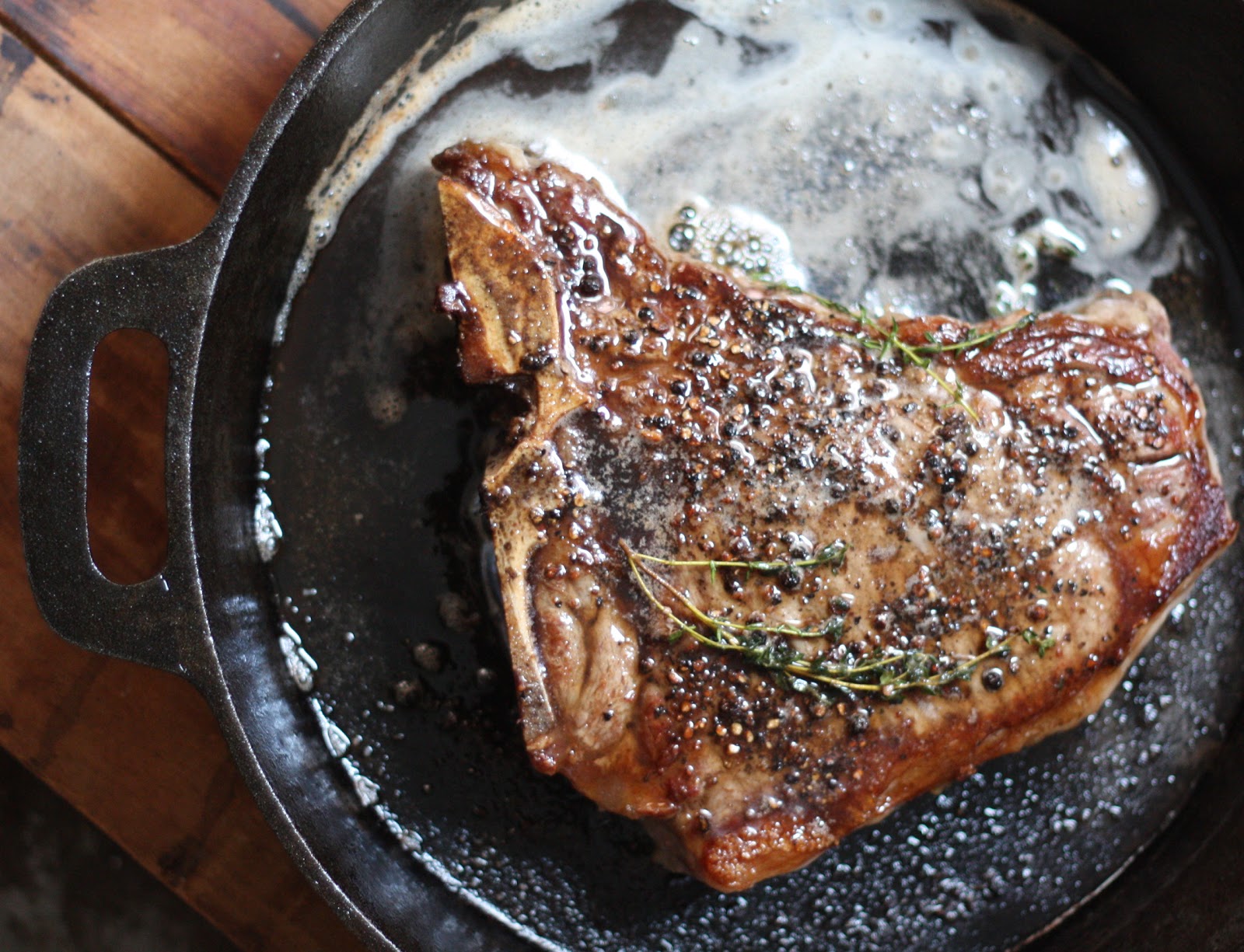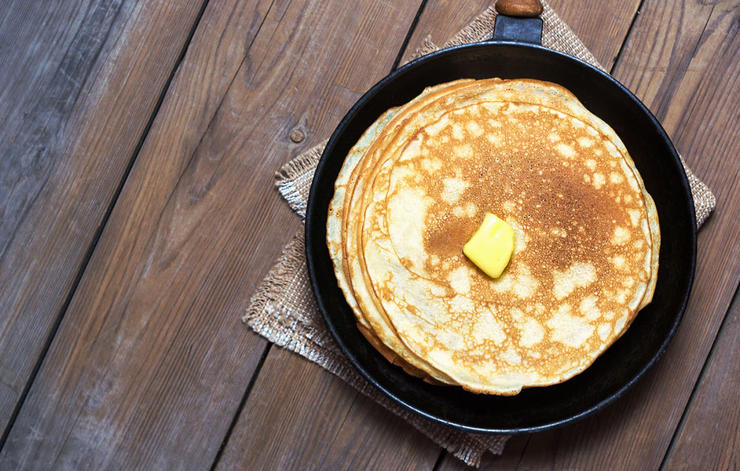What Not To Cook in a Cast-Iron Skillet
I think most people would agree that one of the best pieces you could ever have in your kitchen would be a cast-iron skillet. They are quite cheap and versatile and will last for generations. Nothing can quite give the same sear on your steak or make crispy bacon quite the same and they only get better and better the more you use them!
There are a few things that you need to avoid, however, in order to keep your pan in its best condition as well as the food you cook in it tasting the best. Here are 5 things to not cook in your cast-iron skillet.
1. Avoid Cooking Acidic Foods in Cast-Iron Pans

You should avoid cooking acidic sauces in cast-iron pans for two reasons: first, the acid loosens trace amounts of molecules from the metal that can then leach into your foods, imparting a metallic flavor. While perfectly safe to consume, these metal flavors can be unpleasant.
The second reason is that acid can cause the seasoning on a cast-iron pan to break down. The seasoned coating on a cast-iron pan is the layer of polymerized fat that comes from heating fat on the pan's surface, and it can eventually make the pan naturally nonstick. To preserve it, avoid cooking acidic foods in your cast-iron pan for longer than a few minutes, or letting acidic foods sit in the pan for a while after cooking.
2. Be Aware that a Cast-Iron Surface Takes on Flavors
A cast-iron pan, especially when it's straight out of the box and hasn't been through several rounds of seasoning, has a porous surface that will take on flavor. Even a really well-seasoned pan is more apt to take on flavor than a stainless steel or nonstick pan, especially since we don't recommend cleaning a nonstick skillet with soap for risk of stripping the seasoning. For this reason, you'll want to think twice about making that skillet cookie directly after the salmon from last night's dinner. If you plan on making a lot of desserts in your cast-iron skillet, it might be smart to buy a separate skillet for them.
3. Don't Cook Delicate Fish In Cast Iron

Cast-iron skillets are beloved for their ability to retain heat—all the better for getting that perfect browned crust on a steak. But this same asset is a liability when it comes to more delicate meats that won't stand up to heat as well. Flaky white fish like flounder or tilapia are at risk of falling apart and not flipping well when cooked in cast iron. Even with heartier fish like salmon, the skin is likely to stick to the cast-iron surface, making flipping difficult. Instead, cook your fish in a stainless-steel nonstick skillet.
4. Before Your Skillet Is Well-Seasoned, Avoid Sticky Foods

For the first few months that you own a cast-iron skillet (or longer, if you don't use it much) you should avoid cooking foods that are prone to sticking. A French omelet, scrambled eggs, pancakes, and fried rice are all foods that might work well on a shiny, extremely well-seasoned pan, but will likely stick to a newer pan that hasn't been used much.
For the first few months of cooking on your skillet, you'll want to set yourself up for success. Cook a lot of steaks and bacon in your new skillet. The fat from these foods will help enhance the coating of hardened fat on the skillet.
5. And, Whatever You Cook, Avoid Storing Food in Your Cast-Iron Pan
With a cast-iron skillet, you should always remove food from the pan and store leftovers separately. (No sticking tin foil over a pan of food and just popping it in the fridge.) As a general rule, you want to keep your cast-iron pan very dry to preserve its seasoning and prevent rust.
- www.msn.com
- www.timvidraeats.com
- www.rodalesorganiclife.com
 Mary Richardson
Mary Richardson
Weekly Newsletter Contributor since 2014
Email the author! mary@dvo.com
